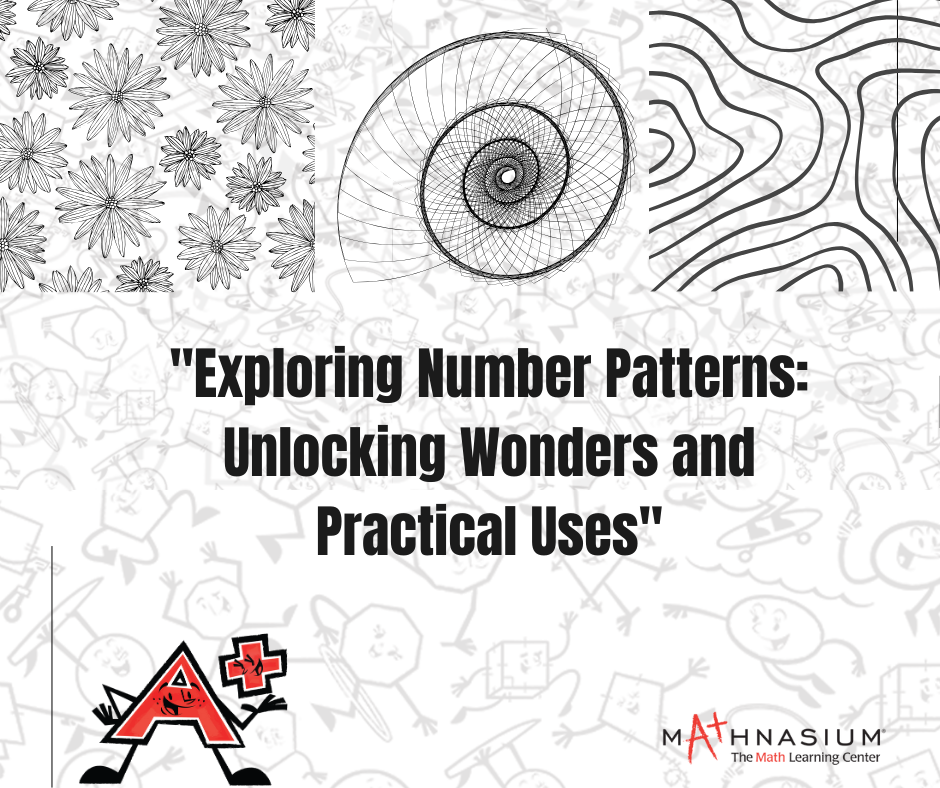Numbers are not just digits on a page; they hold a magical world of patterns and sequences waiting to be discovered. In the vast realm of mathematics, one captivating aspect that often captures the imagination of kids is the enchanting world of number patterns. This exploration opens doors to a deeper understanding of mathematical concepts and their practical applications.
Number sequences are a series of numbers arranged in a particular order, and understanding them unlocks the key to solving various mathematical problems. Whether it's Fibonacci sequences, arithmetic progressions, or geometric progressions, each type of number sequence has its unique charm.
One of the most fascinating number sequences is the Fibonacci sequence, where each number is the sum of the two preceding ones (0, 1, 1, 2, 3, 5, 8, 13, and so on). This sequence appears in nature, art, and architecture, showcasing the inherent beauty of mathematical patterns in the world around us. Kids can explore how these numbers relate to the growth patterns of plants, the arrangement of leaves, and even the spirals in a pinecone.
Arithmetic progressions (AP) and geometric progressions (GP) are fundamental number sequences that find applications in various fields. In an AP, each term is obtained by adding a constant difference to the previous term, while in a GP, each term is obtained by multiplying the previous term by a constant ratio. These sequences are vital in understanding financial calculations, such as interest rates and loan repayments. Kids can grasp the concept of compound interest through geometric progressions, providing them with real-world applications for these mathematical patterns.
Moreover, number patterns are not confined to pure mathematics; they have practical implications in science and technology. For instance, the study of prime numbers, which are divisible only by 1 and themselves, is crucial in cryptography, ensuring the security of online transactions. As kids explore the world of number patterns, they gain insights into the foundations of encryption methods that play a vital role in the digital age.
In the realm of computer science, understanding number patterns is fundamental for programming and algorithm development. Algorithms often rely on sequences and patterns to perform tasks efficiently. A solid grasp of number patterns equips children with the skills needed to excel in computational thinking and problem-solving.
We can make learning about number patterns engaging by incorporating interactive activities and real-life examples. Kids can create their Fibonacci spirals using arts and crafts, solve practical problems using arithmetic progressions, or explore the world of cryptography through prime numbers.
In conclusion, the magic of number patterns is not only about solving equations but also about discovering the order and beauty inherent in mathematics. This exploration is a gateway to a deeper understanding of mathematical concepts and their applications in the real world. By unraveling the secrets of number sequences, students embark on a journey that not only enhances their mathematical skills but also cultivates an appreciation for the enchanting patterns that surround us every day.











